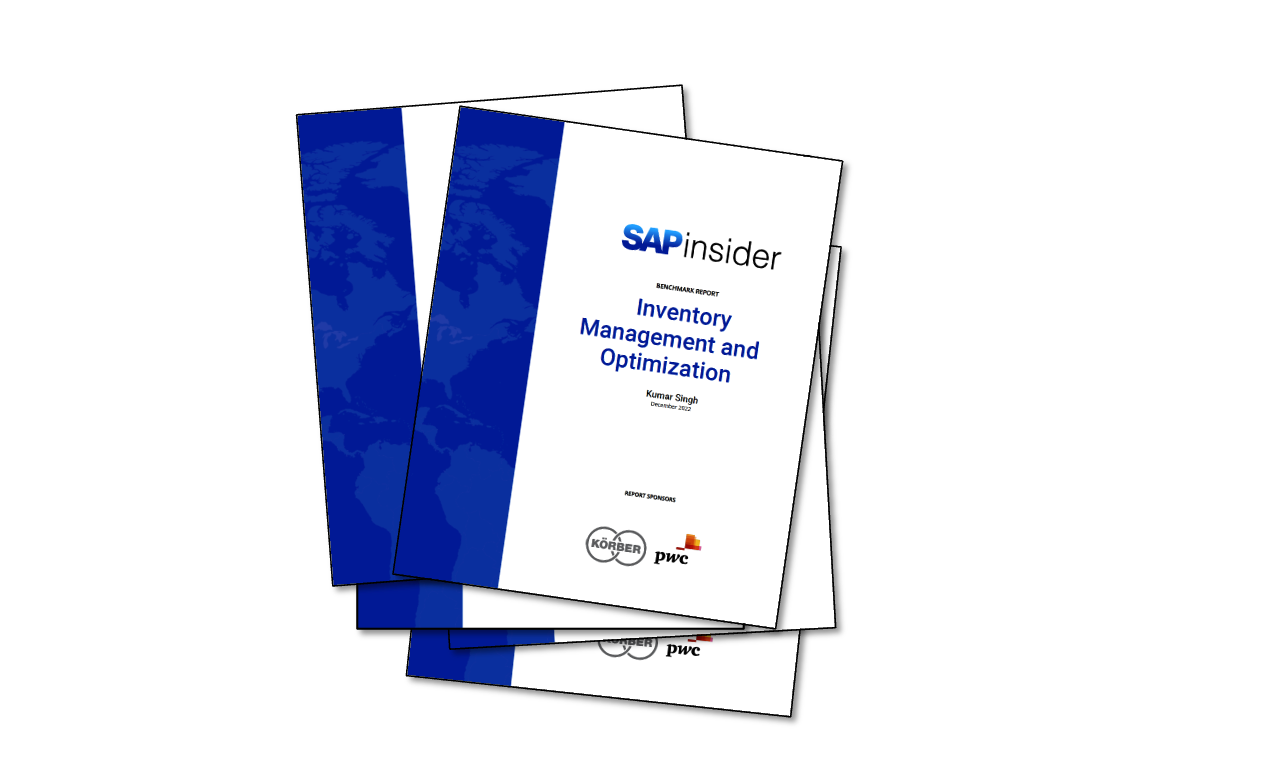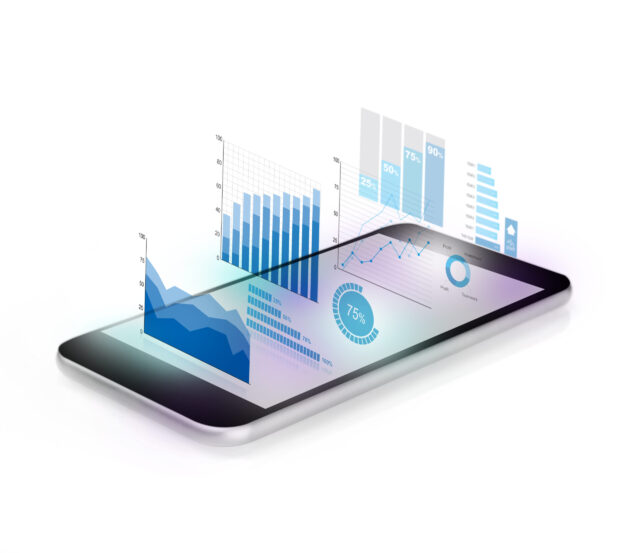A Look at Demand Sensing for SAP Customers
One on One with Sujit Singh of Arkieva
SCM 2017: One on One with Sujit Singh of Arkieva
Sujit Singh is chief operating officer at Arkieva, which made its debut as an exhibitor at SCM 2017. Singh also spoke for the first time at this event. I asked Singh a few questions about key points in his session.
Your session was on implementing demand sensing for upstream manufacturers. In this session, you refer to the bullwhip effect. Could you explain what this means and why a business should be aware of it?
Explore related questions
The bullwhip effect literally comes from the bullwhip. If you have seen one, the idea is that if you move the bullwhip from its handle the end closest to the handle moves just a little bit, but by the time you reach the end of the whip, it moves quite a bit. In the supply chain concept, the idea is that the consumer (the people who exercise true demand on the supply chain), their demand fluctuates just a little bit, but then every step of the supply chain adds a little bit more variability to guard against. By the time you reach four, five, six, or seven steps upstream in the supply chain, you see that the amount of inventory that manufacturers and suppliers are carrying to deal with all the downstream fluctuation is huge. This is the idea of the bullwhip: a little perturbation at the front end causes big trouble on the back end.
You also refer to open order history and sales pattern analysis? Could you explain how to use these processes to optimize demand sensing in a business?
Let’s talk about sales pattern analysis first. If I take my historical sales, can I see what percentage of it comes from the first of the month, or first of the period, or second of the period and the third of the period? Can I draw a cumulative draft to see easily where my demand comes in? Does it come spiked up at the beginning of the month? Does it come at the end of the month? Is it spread evenly throughout the month? Does it come only on weekdays or only on weekends? Depending on the business you are in, you might want to do this analysis in months, weeks, or some other period.
That is something that companies have done for a long time now. You can use this analysis to project, let’s say, by the 10th of the month, if 20 percent of my demand has not come in by the 10th of the month, then I’m not going to meet my forecast.
The open order analysis is a slightly different variant. If you have open orders in the books (open orders have been placed by the customer, but have not shipped yet), you can take that data, and in the same way that you do a sales pattern analysis, you can do a pattern analysis of the open order history itself to try to see if the open order as of the 15th of a particular month tells you something about what will happen by the time the next month closes. This idea that you can look at this open order and predict based on some analysis of the open order is quite useful because you can sense which way your demand is going — either above or below what was forecast previously.
What are some key questions attendees at this conference or other conferences have asked you about demand sensing?
The most common question is about the level at which the analysis is done. My answer is always the same. There’s no magical level at which this analysis should be done. The key question to ask is in your business at what level do you have enough data to make the analysis predictable? Any time you do statistical analysis, you can always come up with an average from two numbers. But if it’s a random data set, two numbers are not going to be a reliable average; you’ll need a lot more data points to come to a reliable average.
So that is the most common question, and my answer always is at the level at which you have the right amount of data needed to come up with reliable estimates.
(For more information on the bullwhip effect, read Caetano Almeida’s article, “Real-Time Supply Chain Planning with Demand-Driven MRP in SAP S/4HANA.”)








